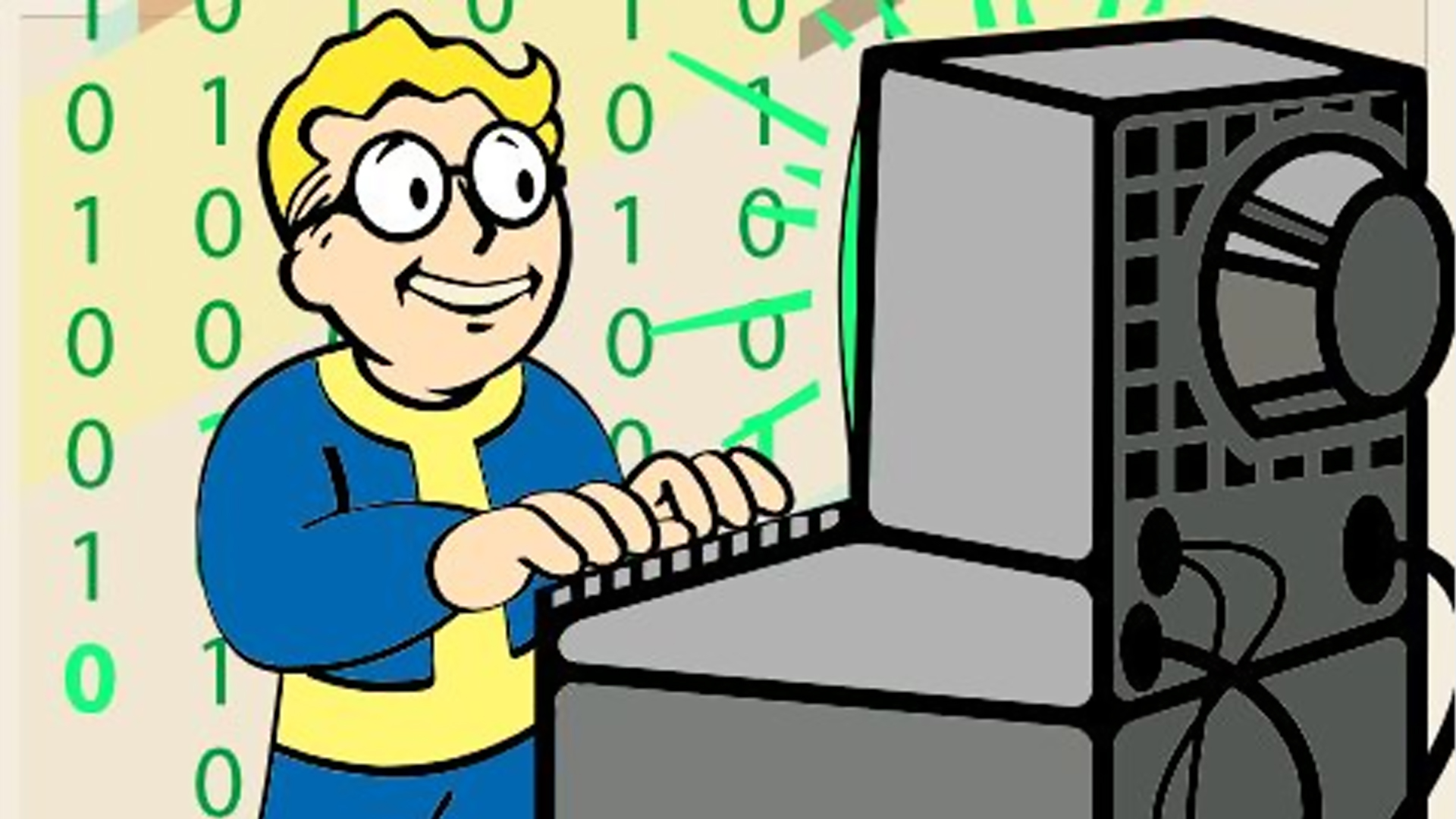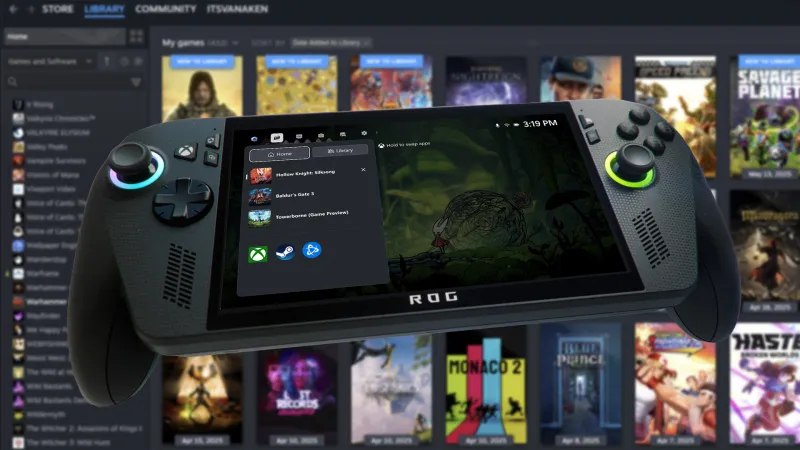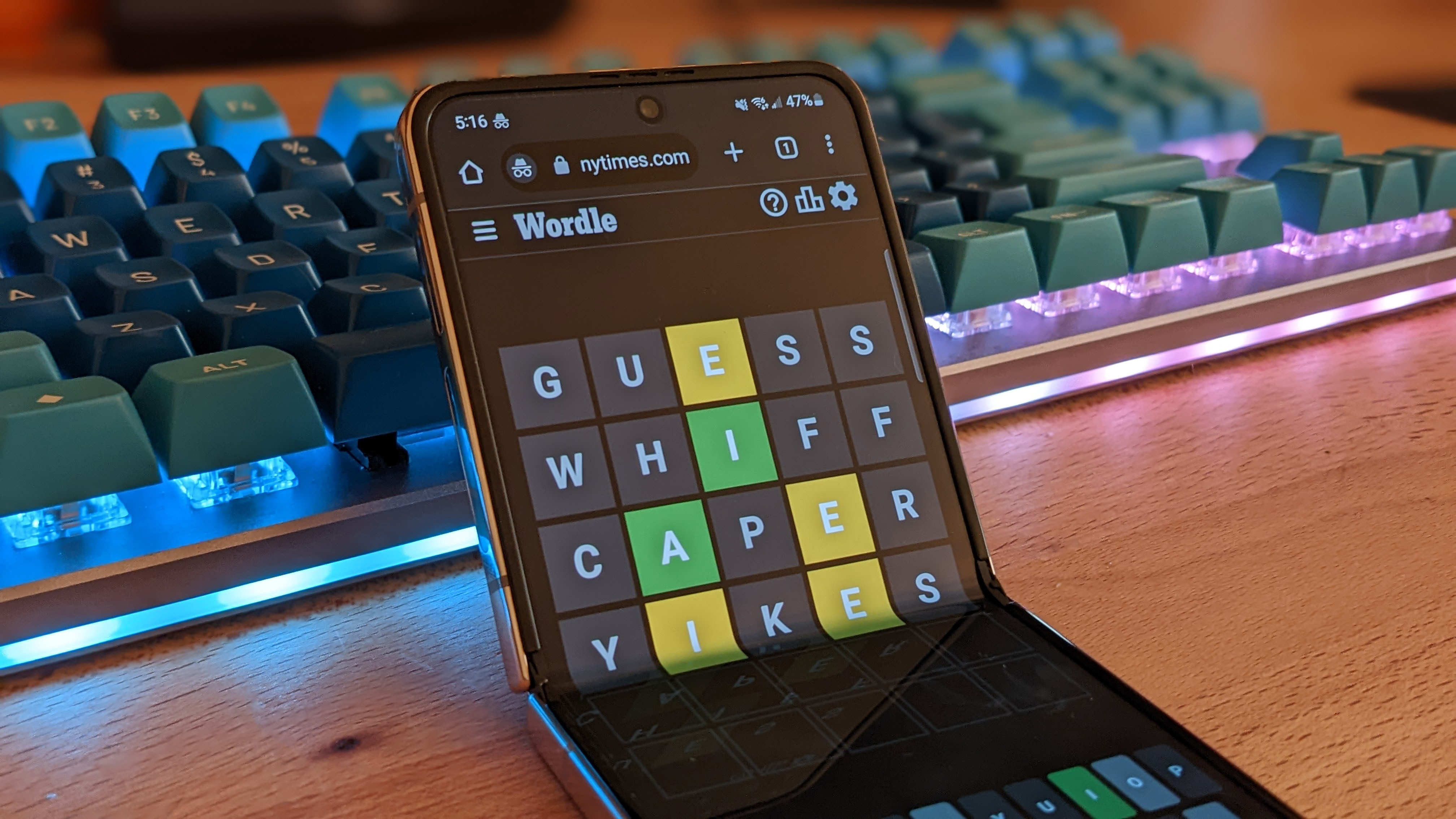
Yasha: Legends of the Demon Blade Review

Repetition is part of the process when it comes to a certain type of action roguelike. That’s not inherently a bad thing, but Yasha: Legends of the Demon Blade commits the cardinal sin of not bolstering the droll byproduct of doing the same thing over and over again with compelling meta-progression or hiding it under an interesting story delivered by characters you can’t wait to hear from. Instead, its few attempts at drama and humor miss more than hit, and its decent combat and interesting weapons are let down by room after room of weak monsters and weaker level design.
The “legends” part of the title is literal, with the story of Yasha told and retold across three campaigns with different playable protagonists. Each tale remixes the roles of some key characters, almost akin to a theatre troupe that puts on multiple shows with the same small cast. Old man Gengo goes from village elder to adoptive father to benevolent king across the three stories, for example. This idea is maybe the most interesting thing about these stories, though. They are otherwise filled to the brim with some well-worn tropes, like the chosen one whose past is shrouded in mystery or the good soldier just looking to uphold the honor of their patron in the face of certain annihilation. The problem isn’t simply that they aren’t super original – reused structure can still make for entertaining fiction. It’s that all three are packed with just as much (or more) banal writing as they are with any compelling dialogue. Underwhelming moments of self reflection and bad attempts at humor quickly overstay their welcome in a trio of tales that try and fail to be moving and meaningful.
The structure of Yasha doesn’t help deliver the story very well, either. It attempts the Hades-like approach of weaving conversations between boss fights at the end of each dungeon run’s three stages, but produces neither memorable moments between the chosen characters and their enemies nor good, or even coherent, reasons to continue down the path. Finishing a run changes the chapter, and everything is done all over again with almost no changes to the structure. In between trips through the gauntlet, the village full of people you are supposedly fighting to protect features a good amount of townsfolk to talk to and not a single one with anything interesting to say. The rinse and repeat nature of it all does the already mid story no favors.
For their own reasons, each hero takes off on a journey in pursuit of the dastardly Fox Demon, who’s been spreading his dark influence and causing chaos throughout the land. These journeys take them chopping and shooting their way through the same three locations: a crab infested beach, a forest full of demons and angry wildlife, and a frigid castle stuffed with enemy soldiers, all with loot to collect along the way. Runs themselves are largely static and predictable as stage layouts, enemy variety, and spawn patterns remain largely the same for every trip through the dungeon. Monsters may be slightly stronger and rooms are shaped differently when you reach the next chapter, but that’s about it.
These areas are pretty, but aren’t very dynamic, and only the last castle region has features in it like destructible walls and floor traps that can hinder your progress outside of the monsters themselves. This does help you gain some muscle memory and learn the best way to handle challenges from run to run, but the majority of the battles felt trivial on standard difficulty. I only got consistently challenged by the last couple of bosses, who have such large health pools that you can’t kill them so aggressively fast that they don’t even have the chance to do damage to you.
Though Yasha is pretty easy, it can still be fun thanks to the snappy combat and how different each of the three playable characters control compared to one another. Every fighter combines light and heavy attacks to vanquish foes while using dashes and parries (successful ones can be turned to big damage counter attacks) to stay alive. Shigure’s sword swinging is capable of a balance between aggressive and defensive strategies that rely on those counters, which feels very different from Sara’s all-in dual wielding style that’s all about overwhelming enemies with naturally empowered dash attacks or Taketora’s patient ranged strategy of creating distance and clobbering enemies from afar, while also having strong melee options to make space if needed. It’s all pretty basic, but it’s crisp and crunchy. Like a good, oni-flavored potato chip.
The weapon selection is plentiful at around seven options per character, of which you can take any two on a trip through the dungeon. They’re all pretty different from one another, with swords that light enemies on fire or get stronger every time you use certain types of attacks… but across characters, you’ll start to notice they don’t deviate much – for example, all three warriors have a version of that fire weapon or that one that gets stronger. And when most enemies are so easy that they don’t require much strategy to beat, there wasn’t much encouragement to experiment with the more interesting weapons anyway, like a fun looking bow that can mark enemies and make every subsequent shot home in on them.
The only real randomness in Yasha comes in the various soul orb buffs you can earn for your weapons after each room of enemies that empower and alter their abilities, as well as amulets that increase your stats that you can buy from a shopkeeper or loot from enemies. The former is where almost all my brainpower was spent, trying to guess how a new ability might work in tandem with ones I already have or if it’s good enough to abandon my original plan entirely for. I spent the majority of my runs across all three warriors focusing on one specific build simply to defeat the frustrating power spike of the last boss, since many of these abilities function similarly between like weapons in each character’s arsenal. As the saying goes: if it’s broken, don’t fix it.
After every run, win or lose, you can spend currency earned in battle on some passive abilities that strengthen your damage and health or give you bonuses when certain conditions are met, like bonus attack damage while at less than half HP. Whether you choose to invest in these talents or use those resources to upgrade your favorite weapons instead, I always felt significantly stronger the next time I went down the rabbit hole. None really changed the way I played significantly, but they made everything I planned to do work a bit better than last time.
When finishing a character’s story, you gain the ability to add modifiers to future runs that ostensibly make it more difficult. This does add more push back to any given run far earlier and gives you access to special items that let you upgrade your weapons even further, but I ran out of steam on pushing myself to this game’s limits pretty quickly after the main campaigns were buttoned up. At around 21 hours across three characters, seeing the exact same areas and enemies so many times, I just couldn’t be bothered to take any more trips though the demon gate.






